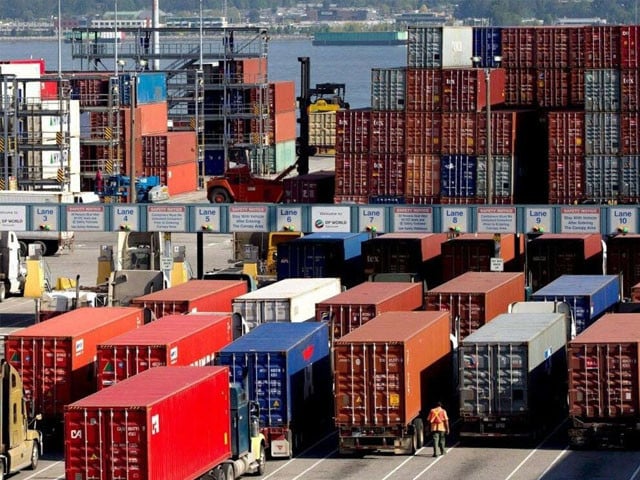[
LAHORE:
Pakistan’s economy has passed through a rough patch in the last three years. Some media commentators and analysts are of the view that the economy has stabilised. However, the government is under immense pressure to deal with a stagnant economy and high unemployment rate.
The government has already fulfilled conditions to carry on the Extended Fund Facility (EFF) of the International Monetary Fund (IMF). It has introduced certain taxes and adopted much-touted austerity to rein in the fiscal deficit. The budget contains certain upward adjustments in the petroleum development levy (PDL) along with the introduction of carbon levy. These adjustments will increase petroleum prices in the coming months.
Pakistan’s economy is an oil-dependent one. If a government is under the IMF programme and international crude oil prices increase, it will be bound to increase petroleum product prices. Since the global crude oil prices have started to rise slowly, the government would consider jacking up petroleum prices in the coming months.
Contrary to the fiscal adjustments, the SBP has brought down its policy rate in quick successions. The impact of this adjustment will start to come with a lag in the form of some recovery in the real economy. The lower policy rate has started to ease liquidity conditions for the existing leveraged businesses.
The ongoing stagnation has reduced the gross external requirements of the country. Import relaxation consumes the foreign exchange reserves, which are hovering around $9 billion, held by the State Bank of Pakistan (SBP) on June 20, 2025.
The current account surplus was around $1.8 billion in the first 11 months of fiscal year 2024-25, which is considered good for the economy. This surplus is achieved at the cost of economic growth as imports have decreased to $54 billion. However, further import relaxation will turn this surplus negative.
Pakistan Stock Exchange (PSX) has reacted to the low policy rate and crossed the 124,000 mark. The whopping 56% growth in the KSE-100 index is considered a sign of economic recovery by media commentators and financial analysts.
Others argue that the stock market does not reflect the strength of underlying economy, especially in developing countries. They are of the opinion that listed companies have left their core business of industrial and service expansion and got involved in speculation that, in turn, restrict the real growth of their businesses.
The government has slightly reduced taxes for the real estate sector. Lobbyists have been pressing hard to get maximum relief for the sector. They highlight the boons of real estate business and point out that it can jump-start the economy. Such reliefs give rise to speculation, which does not bode well for a developing economy.
The stagnation is palpable in the economy. The large-scale manufacturing index has decelerated by around 1.5% in the first 10 months of FY25. Many businesses have closed down and a large chunk of people have become jobless in the last three years. Scores of graduates are either underemployed or looking for jobs.
In a nutshell, the government has achieved macroeconomic stability under the IMF programme. This stability has created opportunities and challenges for the government. The byproduct of this stability is low growth, high unemployment and underemployment.
In the past, the hard-earned stability paved the way for speculation-led economic recovery. Under the emerging situation, the challenge for the current government is to jump-start the economy. Let’s see whether the government takes the old route of speculation-led recovery or not.
The writer is an independent economist


